


Framed or unframed, desk size to sofa size, printed by us in Arizona and Alabama since 2007. Explore now.
Shorpy is funded by you. Patreon contributors get an ad-free experience.
Learn more.

- The most dangerous fire escape I've ever seen
- Out of Place
- Sir Bedevere
- Witch way to the fire?
- Proud to be an old Coot
- That old scale
- Bowled Over
- Cat years?
- 'Why' Wyoming?
- His Master's Voice
- What! No dish under the skewer?
- Only in Hollywood?
- What's Up Doc?
- Destination?
- I'm pretty sure this was a voluntary program
- When I see chicken wire rabbit cages I think of three things
- The War Ears
- Eating the bunnies? Really?
- A love affair with a machine
- Hasenpfeffer
- Back support
- Hot type!
- Can you smell ... the news?
- Looking across the street and Flong
- Memories of my elderly hoarder neighbor
- Linotype in the Twilight Zone
- By Memory?
- Quiet place
- Line Of Type
- And no hearing protection
Printporium
Fourth Court: 1900

Nashville, Tennessee, circa 1900. "Courthouse and Public Square." The "fourth courthouse," completed in 1857. 8x10 inch glass negative, Detroit Photographic Company. View full size.
Section Insulator
The sign THROW OFF is on a trolley wire for the streetcar system. The message is for the motorman to cut off the power from the controller so that the streetcar will "coast" through the section insulator where there is no power. This prevents a jerk for the passengers, and prevents an arc from wearing out the insulator. Electric streetcar and trolley bus systems have the power system divided into sections so that a power loss in one area will not affect the rest of the system. Here is a photo of a section insulator for trolley buses on Dunbar Street in Vancouver: POWER OFF.

How many wires?
You could use the wire shadows as crosswalks, if crosswalks had been invented in 1900. Many wires = a sign of the times.
Streets were so wide in the past
In this view and in many others on Shorpy from around the country, streets appeared to be so wide in old photos. Modern streets seem so narrow in comparison. Is this due to the type of camera being used or were they that much wider in reality?
[As noted in the caption, this is the city's Public Square. - Dave]
Remodeled in 1910, demolished in 1935.
According to Nashville History






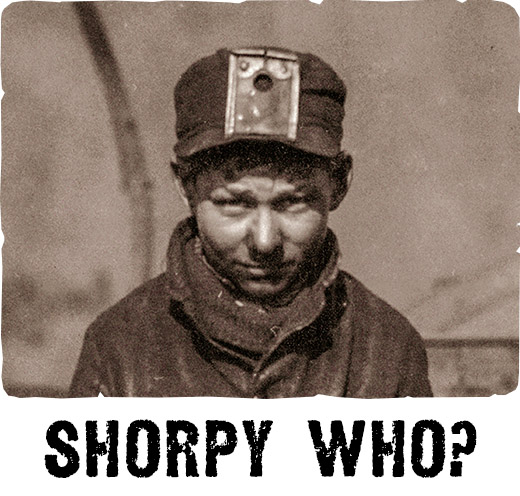

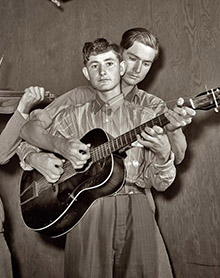
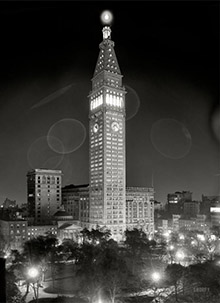
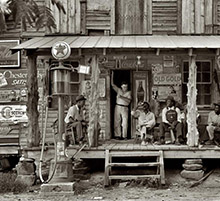
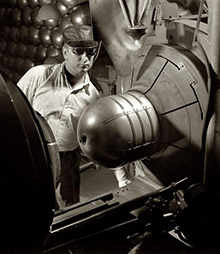
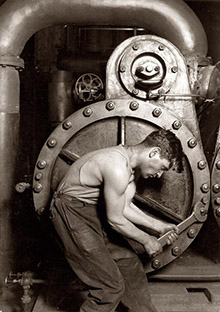

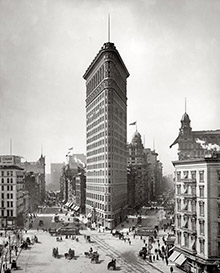

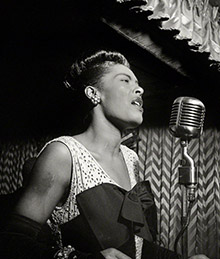
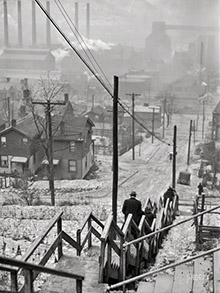
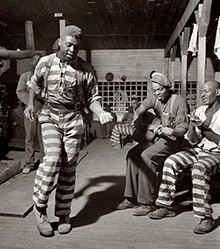

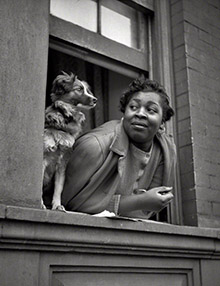
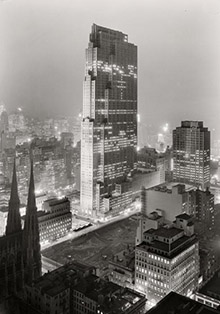

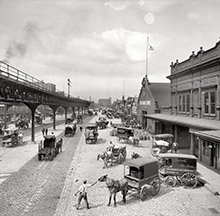
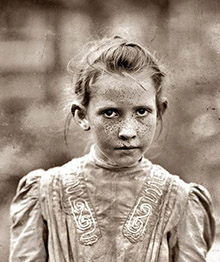

On Shorpy:
Today’s Top 5